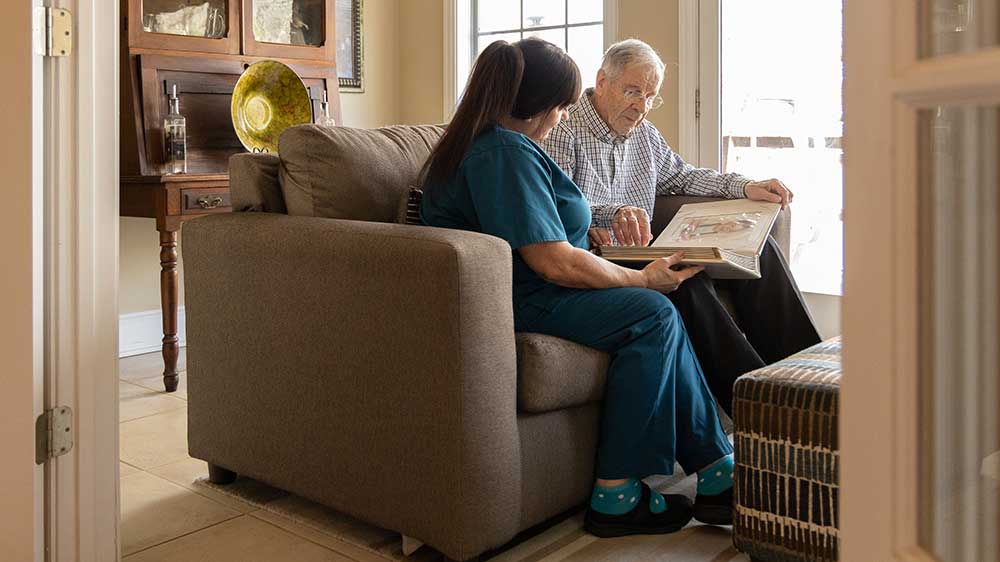

6 Tips for Preserving Your Family History
You’re feeling ambitious this week. You decide to sort through that big box of family photos you rescued from your parents’ house years ago. Your project soon stalls, however, as you come across unfamiliar faces from long ago. Who are these people, and what is their significance? The more you sort, the more questions you have. What started out as a simple sorting project is now a desire to preserve your family history. But where do you start?
The first step of your project is to have a plan for preserving the photos. Old photos can be easily damaged, so do an online search for how to treat them. The AARP offers tips for preserving old photos.
After sorting through your photo box, select which format you want to use to create your history. Some examples of formats include:
- Chronological – You may already know that your great-grandparents came through Ellis Island. You might begin with when and how they met, or maybe from the date of their marriage. Or, your chronology could be organized by historical events; for example, the Civil War, the Great Depression, or the first space flight. Where were your family members during these times and what were their lives like?
- Family Branches – You may wish to organize your family’s history by ancestors and their descendants. For example, your great-grandparents had five children, and those five children each had five children, and so forth.
- Oral – An oral history allows family members to share their memories in their own words. Prepare to interview members with a set of questions to keep everyone on track. It’s OK to let people meander at times. You might uncover some history you weren’t aware of. You can record video or audio files to capture the stories, and use video editing apps to help you preserve them for future generations. For some guidance on interviews, visit Family Tree.
- Scrapbook – A scrapbook is a way to organize photos, documents, correspondence, etc. The internet offers sites for creating digital or printed scrapbooks.
For help deciding which format is best for you, visit FamilySearch.
Regardless of your chosen format, start building your family’s history by interviewing living relatives, the oldest first. Visit them in person if they are nearby, or call or arrange a Zoom meeting if they are not. If you are lucky enough to still have your parents, grandparents, aunts and uncles, they likely have memories of the generation before theirs. American Ancestors and StoryCorps offer suggestions for questions you might ask the individuals you visit with.
The chances are good that your interviewees can identify some of the mystery people in your photo box. They also may possess documents such as birth certificates, marriage licenses, deeds to land, etc. Ask them to make copies or offer to do it for them. During interviews with your siblings, ask them to reminisce about your childhoods. It would be fun to tie memories to photos from your box.
There’s an abundance of online resources available for researching your family’s history, and the number of sites grows daily. You’re likely familiar with dot-com sites like Ancestry and MyHeritage, but consider searching free sites first. Digitized newspapers are now common. If you know where your ancestors grew up, check out the local newspaper from the area.
- Family History Daily provides a list of U.S. states that offer free records databases. Check out the National Archives for numerous genealogy research options.
- If you are a descendant of slaves and researching your ancestry, visit FamilySearch. A part of the Freedmen’s Bureau Project, Family Search is a tool that helps African Americans reconnect with their Civil War-era ancestors.
- The History of Memory Project provides many great tips such as saving only the best photos if there are several of the same family event. The site also offers advice on digitizing photos.
Whether you’re laying the foundation for future generations to create a family history or getting acquainted with ancestors of long ago, prepare to be dedicated to preserving and protecting your family’s legacy. It may take quite a bit of effort, but the legacy you create for future generations will stand the test of time.
Are you a family caregiver? Right at Home can help.
Communication barriers are a real challenge for family caregivers. Conflicts within the family can lead to frustration and stress in the caregiving cycle. Download our RightConversations Guide for suggestions to help your family develop a communication plan that results in a positive experience for all. And remember, you can contact your local Right at Home office to request a FREE in-home care consultation.







